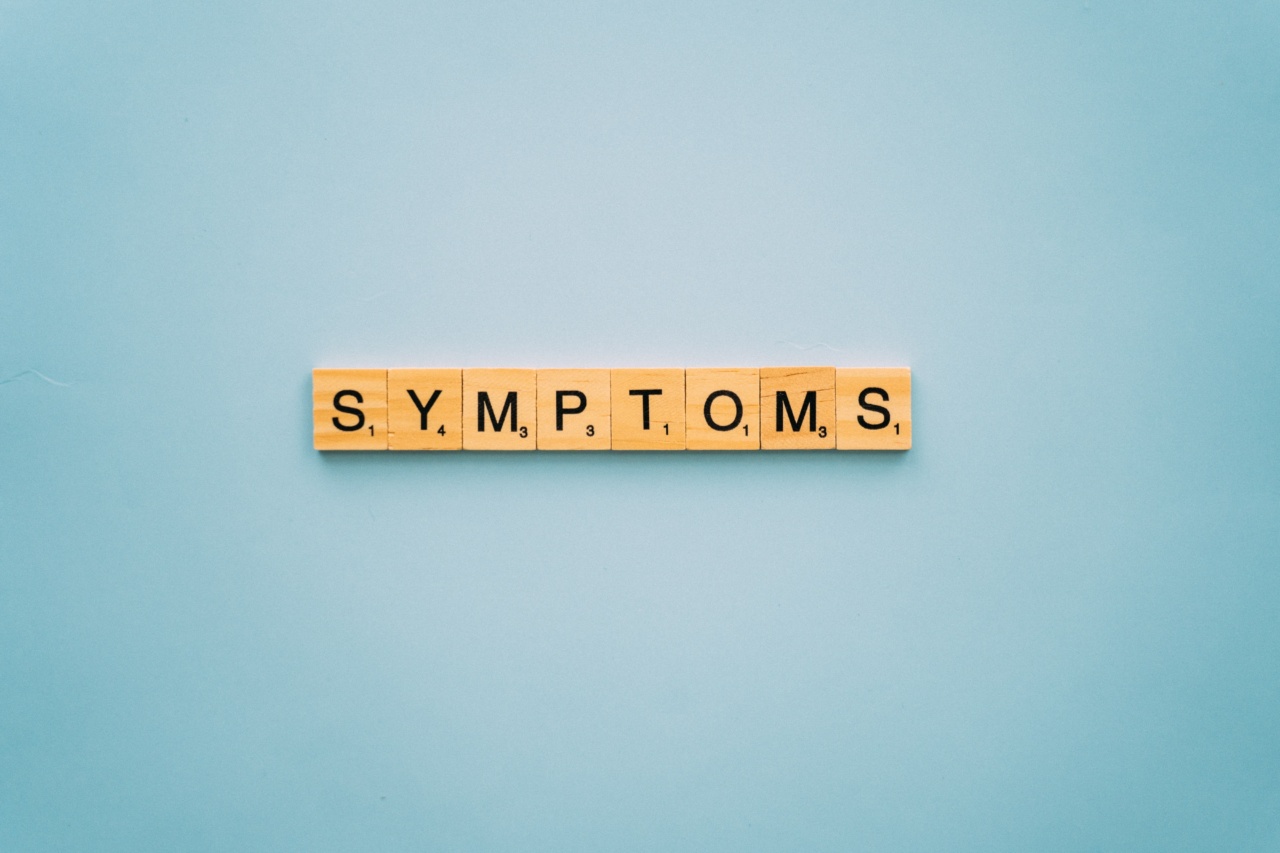Venyitis, also known as venous insufficiency, is a condition that occurs when the veins in the legs struggle to return blood to the heart effectively. It is a common circulatory disorder that affects millions of people worldwide.
The condition can be uncomfortable and can lead to various complications if left untreated. In this article, we will discuss the common signs and symptoms of venyitis, helping you to identify this condition at an early stage.
The Causes of Venyitis
Venyitis is often caused by damaged or weakened valves in the veins. These valves are responsible for preventing blood from flowing backward, assisting in the upward movement of blood towards the heart.
When these valves become weakened, blood can pool in the veins, causing them to enlarge and become varicose. There are several factors that can contribute to the development of venyitis, including:.
- Age: As we age, the valves in our veins may become less efficient, leading to venous insufficiency.
- Pregnancy: The hormonal changes and increased blood volume during pregnancy can put extra pressure on the veins, contributing to venyitis.
- Obesity: Excess weight can place added strain on the veins, making them more prone to dysfunction.
- Sedentary Lifestyle: Lack of regular exercise can weaken the muscles that help pump blood back to the heart, leading to venous insufficiency.
- Family History: Venyitis may run in families, suggesting a possible genetic component.
- Previous Blood Clots: A history of blood clots in the legs can damage veins and increase the risk of venyitis.
Signs and Symptoms of Venyitis
Venyitis can manifest itself through a variety of signs and symptoms. While these may vary from person to person, here are some common indicators that may help you identify the condition:.
1. Varicose Veins
One of the most noticeable signs of venyitis is the presence of varicose veins. These are enlarged, twisty veins that can be seen just under the surface of the skin. Varicose veins often appear blue or purple and may bulge or protrude.
They are most commonly found in the legs and can be accompanied by discomfort or aching.
2. Leg Pain and Fatigue
Many individuals with venyitis experience pain, aching, or fatigue in their legs. This discomfort is often described as a dull, throbbing sensation that worsens after prolonged periods of standing or sitting.
The pain may improve with leg elevation or rest.
3. Swelling and Edema
Venyitis can cause swelling in the affected leg(s). This swelling, also known as edema, occurs as a result of fluid buildup due to poor circulation.
The affected leg may feel heavy or tight, and the swelling is usually more prominent at the end of the day or after extended periods of inactivity.
4. Itching and Skin Changes
Individuals with venyitis may experience itching or irritated skin around the affected veins. The skin may also become discolored, appearing reddish or brownish.
Over time, the skin in the affected area may become dry, flaky, or even develop open sores known as venous ulcers.
5. Restless Legs Syndrome
Restless Legs Syndrome (RLS) is a neurological condition characterized by an irresistible urge to move the legs, often accompanied by uncomfortable sensations such as tingling or cramping.
RLS is more common in individuals with venyitis, possibly due to disrupted circulation and discomfort in the legs.
6. Weakness and Heaviness
Individuals with venyitis may experience a sensation of weakness or heaviness in their legs. This feeling is often described as if there were weights attached to the legs, making them difficult to move or causing discomfort during physical activity.
7. Skin Ulcers
In severe cases of venyitis, skin ulcers may develop. These ulcers typically occur near the ankle and can be painful and slow to heal. They are caused by the increased pressure and fluid buildup in the affected veins, leading to tissue damage.
8. Visible Changes in Veins
Besides varicose veins, other visible changes in the veins may indicate venyitis.
These changes include spider veins (small, dilated blood vessels that appear close to the skin’s surface) and reticular veins (bluish-green veins that are larger than spider veins but smaller than varicose veins). These veins are usually harmless but can be an aesthetic concern.
9. Difficulty in Walking
As venyitis progresses, the symptoms may worsen, causing difficulty in walking or standing for extended periods. The pain, discomfort, or weakness in the legs may significantly impact mobility and quality of life.
10. Complications: Blood Clots and Ulcers
If left untreated, venyitis can lead to more serious complications. The stagnant blood in the veins increases the risk of blood clots, which can be dangerous if they travel to other parts of the body.
Additionally, persistent skin ulcers, as mentioned earlier, can become infected or fail to heal, leading to chronic wounds.
Conclusion
Venyitis is a common circulatory disorder that can have a significant impact on a person’s quality of life. Recognizing the signs and symptoms of venyitis is crucial for early diagnosis and appropriate treatment.
If you suspect you may have venyitis, it is advisable to consult a healthcare professional who can provide a proper evaluation and recommend suitable interventions to alleviate the symptoms and prevent complications.































